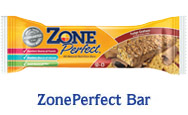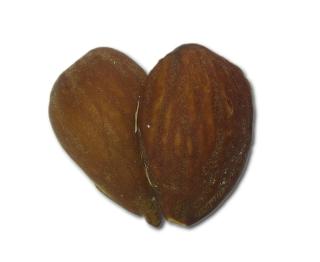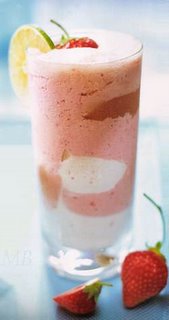For some, the phrase, “take your cod liver oil”, may bring back disturbing memories of a mother feeding them a spoonful of some of the most vile tasting liquid known to man. I never had to deal with it, but I can only imagine how evil it must have felt as a child - almost punishing. However, what may have once seemed absolutely disgusting beyond words has only recently had a light shone on it, showing why taking your cod liver oil may, in fact, be something that we all should continue to do on a daily basis.
Once upon a couple generations ago, fish oil was a daily given. It was thought that because of the rich vitamin A and D found in it, fish oil helped keep people healthy and prevent the contraction of some diseases. More recently, it has been discovered that it’s not necessarily the vitamins that help, it’s long chain the omega-3 fatty acids that are the wonder component. You may have noticed how grocery stores are getting stocked with milk, juices, eggs, all fortified with omega-3, but why? What is it about omega-3 that is so important?
There are two omega-3 fatty acids, found in fish oil in particular, that are key - eicospentaenoic acid (EPA), and docosahexaenoic acid (DHA).
EPA is important to controling insulin levels. EPA is also beneficial in reducing the risk of cancer, arthritis and other chronic diseases. In March 2007, Dr. Mitsuhiro Yokoyama at Kobe University Graduate School of Medicine performed a study that showed that “long-term use of EPA at therapeutic doses is effective for prevention of major coronary events in high cholesterol patients.”
DHA may be even more beneficial than EPA for the human body. DHA is a major fatty acid found in the retina, sperm and brain. DHA can reduce the levels of blood triglycerides in humans and may reduce the risk of heart disease. Low levels of DHA have also been associated with Alzheimer’s, depression and ADHD. Most importantly, however, is the effect that DHA may have on the brain. No other organ in the body has as high a concentration of DHA than the brain. The fact that human breast milk is loaded with DHA may account for why one study indicated that children fed breast milk tended to score 10 percent higher on IQ tests.
Nutrition expert, Udo Erasmus includes omega-3 fatty acids as an essential part of his “Udo’s Choice Food Pyramids”, saying that omega-3 fatty acids (and slightly omega-6) “help reduce fat production in the body” and “increase fat burning and heat production, and shift the body from burning glucose to burning fats.”(*)
Fish oil may taste nasty, but fortunately no longer needs to be taken in the putrid liquid form. The supplement section of the local grocery or health food store or pharmacy will contain a whack of fish oils in capsule form. Dr. Barry Sears, the creator of the Zone diet, suggests a daily intake of 5 grams of fish oil.
1 Comment | In: diet | | #
 Although I’ve had my fair share of protein and nutrition bars, I have never had a Zone Perfect bar. However, the
Although I’ve had my fair share of protein and nutrition bars, I have never had a Zone Perfect bar. However, the 

